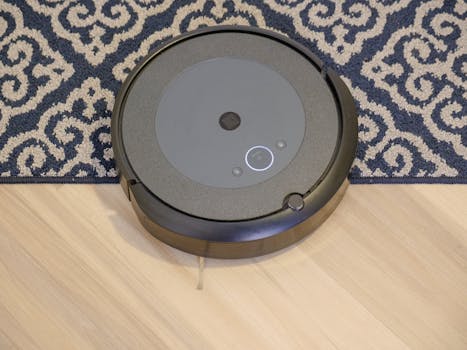
Smart Homes and Smart Living: The Technological Transformation of European Homes by 2025
Smart Homes and Smart Living is revolutionizing the way Europeans live, with advanced technologies transforming homes into intelligent, efficient, and sustainable spaces. The integration of Internet of Things (IoT) devices, artificial intelligence (AI), and data analytics is enabling homeowners to control and monitor various aspects of their homes, from lighting and temperature to security and entertainment.
Introduction to Smart Homes
A smart home is a residence that is equipped with advanced technologies to provide a high level of comfort, convenience, and energy efficiency. These homes are designed to learn and adapt to the occupants’ habits and preferences, allowing for a more personalized and automated living experience. With the increasing demand for smart homes, the European market is expected to witness significant growth, with the number of smart homes projected to reach 45 million by 2025.
Key Features of Smart Homes
Some of the key features of smart homes include:
- Smart thermostats that learn and adjust to the occupants’ temperature preferences
- Smart lighting systems that can be controlled remotely and adjust to the natural light levels
- Smart security systems that can detect and alert homeowners to potential threats
- Smart entertainment systems that can be controlled using voice commands or mobile apps
- Smart energy management systems that can monitor and optimize energy consumption
Benefits of Smart Homes
The benefits of smart homes are numerous, and they can be summarized as follows:
- Increased comfort and convenience
- Improved energy efficiency and reduced energy costs
- Enhanced security and safety
- Personalized living experience
- Increased property value
Technological Transformation of European Homes
The technological transformation of European homes is being driven by the increasing adoption of IoT devices, AI, and data analytics. The use of these technologies is enabling homeowners to control and monitor various aspects of their homes, from lighting and temperature to security and entertainment. The integration of these technologies is also enabling the development of new smart home services, such as energy management and home maintenance.
Challenges and Limitations
While the concept of smart homes and smart living is exciting, there are also several challenges and limitations that need to be addressed. Some of the key challenges include:
- High upfront costs
- Complexity of installation and maintenance
- Concerns about data privacy and security
- Lack of standardization and interoperability
Future of Smart Homes in Europe
The future of smart homes in Europe is promising, with the market expected to witness significant growth in the coming years. The increasing demand for smart homes, driven by the need for energy efficiency, convenience, and security, is expected to drive the adoption of smart home technologies. The development of new smart home services, such as energy management and home maintenance, is also expected to play a key role in the growth of the market.





